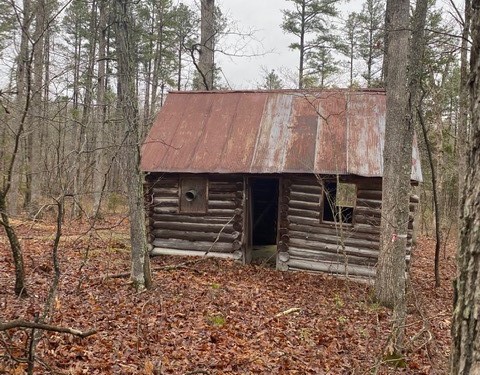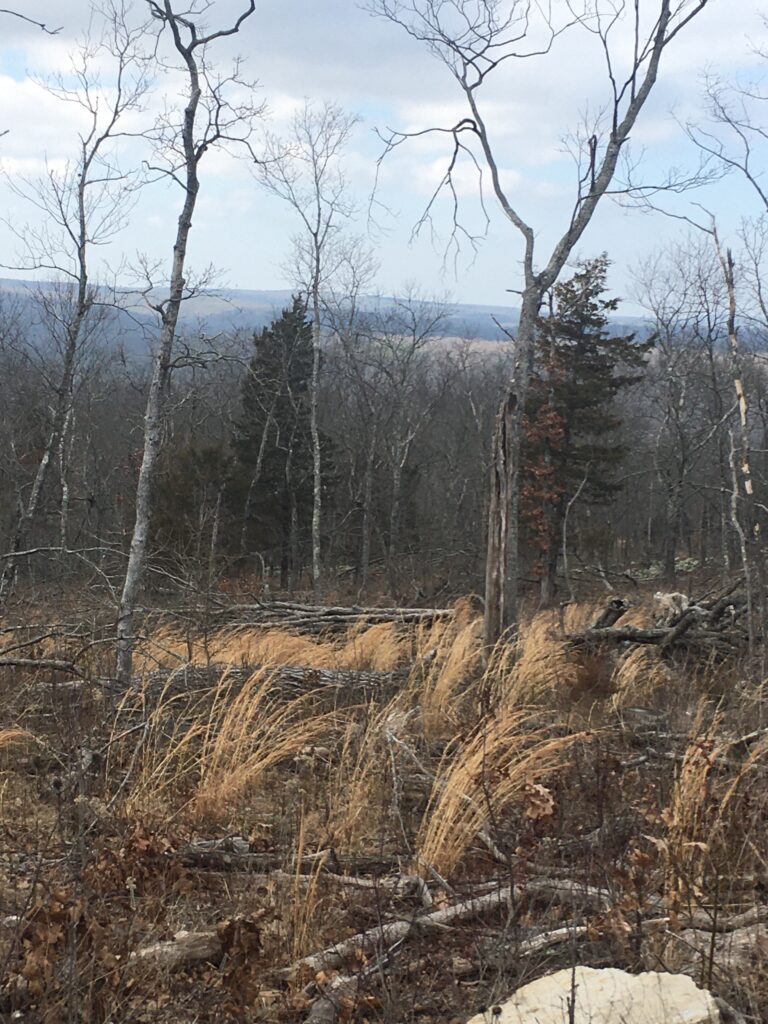There are essentially four ways you can find your piece of rural paradise. They are, in no particular order, use of a licensed real estate agent, word of mouth, online search engines, or doing ownership searches through the county recorder’s office.
While all four of these methods can end in you finding and buying your dream land, they all require varying amounts of legwork. Finding property by word of mouth means lots of time and interactions with locals to see who is selling. Online search engines (Zillow, Land.com, Realtor.com, etc.) can offer lag behind by days to weeks, and that listing you just found could be already under contract or even closed by now. And county recorder record searches take some know-how and lots of leg work pouring through records and trying to reach out-of-area owners.
Using a licensed agent is the easiest path with the least dead ends and roadblocks, or even worse, legal concerns. Here are just a couple reasons. Not all land is as it might appear on an aerial map view online. There might be a road, but is it a legal easement? What has the land been used for in the past (i.e. is there a toxic trash dump site, or former meth lab site)? If there’s a structure on the property does it contain lead-based paint?

What are the legal zoned uses for the land … and surprisingly to many urban buyers looking for rural land for the first time often the county where the rural property is located has no planning or zoning. These are all things a good real estate agent can help you navigate.
Finding land through county record searches is the topic of a different story. You’ll want to read that story on this website if you decide to take that path to locate property.
What benefit does a real estate agent provide?
Much of North America practices a real estate system where agents can serve as either a “seller’s agent” or a “buyer’s agent,” or represent both sides as a “disclosed dual agent”. The specifics can get complicated, so for our purpose here we’ll keep it very basic and simply discuss the core of each type of representation and what you might need in your situation.
I mentioned “seller’s agent” first because this is the service most people are familiar with. A landowner decides to sell off a portion, or all, of his or her land and they contact a local agent to handle that task. The most basic and common way that agent will be serving that seller is as a “seller’s agent.” This means the seller and agent enter into a listing agreement for a set period of time (usually six months or longer) for the agent to list, advertise and bring all offers to the seller for consideration.
This is done for either a flat fee, a commission (percentage of the sale price) or a combination of both.
A “buyer’s agent” is contracted by a buyer to help find, research, review and present any offers on properties. There again, in the region where this writer lives and works, those contracted agreements usually range from six months to a year. Occasionally the buyer already has a property in mind at the time he or she contracts with an agent to represent them in purchasing that particular property. In those instances, a buyer’s agency agreement can be for only two to three months – long enough to work through the offer, title work and closing process.
These agreements usually reference “limited” representation, meaning the agent is serving as a legal representative of the seller or buyer in real estate transactions, but any professional representation stops there. Realtors do not – or should not – give legal, construction, financial or other professional advice outside their area of expertise. In this way their help and support is limited to the real estate listing or transaction process.
Many states in North America allow for “disclosed dual agent” representation when a buyer opts to purchase a property currently listed by the same agent who is serving as his or her buyer’s agent at the time. The “disclosed” reference is noting that both sides know the agent is also representing the other side – the buyer knows the listing is held by the agent’s agency, and the seller knows the offer being presented by the agent is from a buyer whom that agent is also representing.
While this happens from time to time in the buying or selling of homes, building lots and commercial buildings, it is more often seen when buyers are looking for rural land. These properties are often large, with boundaries not clearly marked, and sometimes hard to even access.
In that case the listing agent usually has a good understanding of boundaries, any access concerns, features such as springs or streams, and the history of any timber harvesting. Figuring those things out can be difficult if not impossible for a buyer’s agent not familiar with the parcel.
Sometimes the buyer will simply opt to contact the listing agent and have him or her serve as a “disclosed dual agent,” knowing they’ll have or can get all the necessary details about the property since they already have a working relationship with the seller. Other times the buyers may already have contracted with a buyer’s agent, but that agent isn’t familiar with or comfortable showing the rural property. In that case some listing agents – myself included – will provide a free service of escorting the buyer’s agent and their client on the visit to the property.
Agents who rarely show or sell rural properties might not have a vehicle suitable for negotiating rough county-maintained or private roads. Sometimes looking at a rural property can require a creek crossing or driving through narrow lanes with overhanging foliage on either side. Some agents simply don’t want to risk damaging their vehicle to make one sale.

A good agent who sells rural land will drive a pickup truck or SUV, or at minimum a crossover. An even better agent will have a UTV (commonly known as a side-by-side) at their disposal for those more remote or harder to reach properties. A great agent will take along a chainsaw for cutting any limbs or trees which may have fallen across an access, have some bug repellant spray for buyers wanting to get out on foot and walk the property, and some bottles of water for staying hydrated during lengthy land showings. That agent will also have a map of the property, or even better an app on a digital device to show location and boundary lines of the property being viewed.

A highly-qualified rural land agent will also have a good understanding of the wildlife currently found on the property, can help identify timber species or other plants, and can provide some information about the region where the property is located – shopping, dining, emergency services, possible employment opportunities. These are not offered as “expertise” in the subject matter, but simply helps to better understand what a buyer is looking at during the property visit.
Next comes the process of procuring an agent, and how the search, site visit, any research and making an offer is handled. For that, see “Buying rural land: The first step (Part 2)” on this website, or click here, to learn more.
Check out this 14 acre parcel with an amazing view and cleared area for a cabin of campsite, located near Johnson Shut Ins State Park in southeast Missouri: https://matrix.marismatrix.com/matrix/shared/F4LG1wltV5Gd/6NHwy


